Assets

Exchange

Buy Crypto



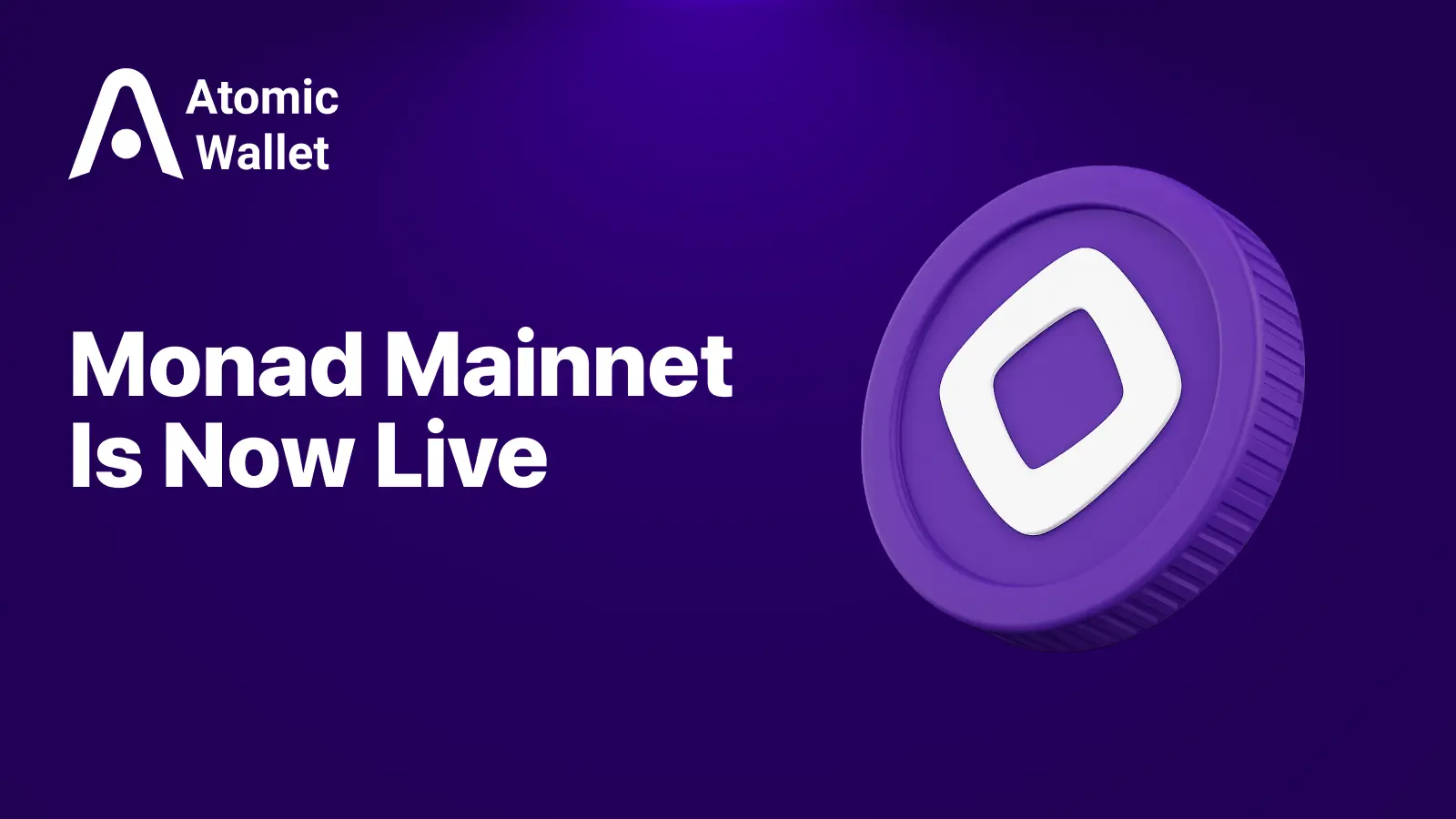
Monad Mainnet is officially live as of November 24, 2025 — marking one of the most anticipated Layer-1 launches of the year. After months of testnet activity, millions of transactions, and a completed Phase 1 airdrop, the network is now open for real deployments, real liquidity, and real economics. This launch puts Monad directly into the race for high-throughput EVM execution, challenging chains like Solana, Sui/Aptos, and Ethereum L2s with its promise of exchange-grade performance.
The mainnet release turns years of engineering into production reality: Solidity apps can now run on Monad without rewrites, with block times targeted at ~1 second and throughput designed for tens of thousands of parallel transactions. With real activity now coming on-chain, it’s the first time the ecosystem will see whether Monad’s architecture can deliver its long-promised speed at scale.
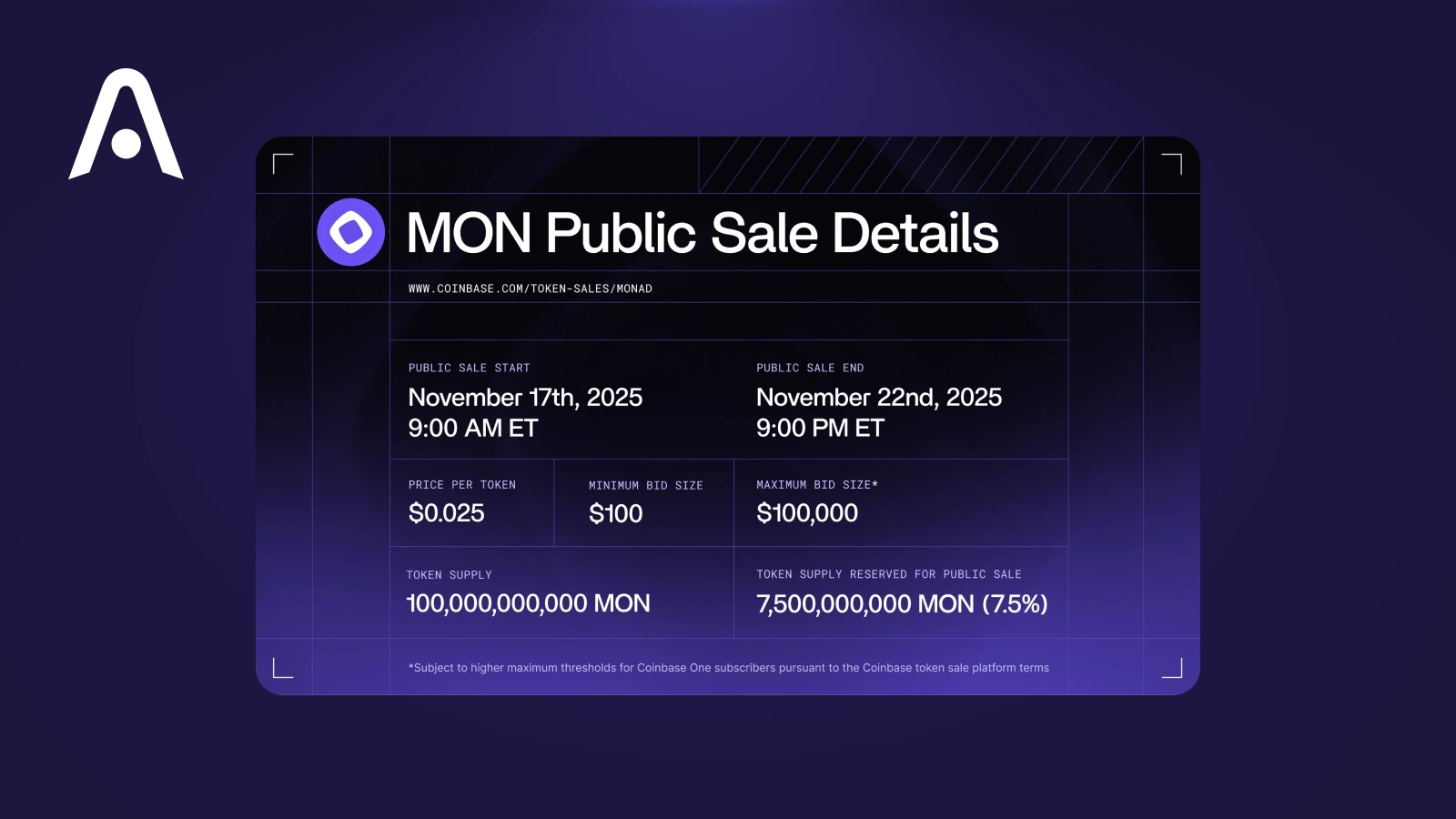
Monad is launching with its complete execution stack — parallel execution, deferred execution, superscalar pipelining, and the custom state engine MonadDB — now running in a production environment. These components are engineered to reduce contention, maximize concurrency, and keep node hardware fully utilized, allowing the chain to push toward its performance targets.
Mainnet also introduces the foundation layer for ecosystem growth: developer tooling aligned with Ethereum (Solidity, Foundry, Hardhat), new RPC endpoints, validator documentation, and locked MON allocations that will begin unlocking in phases post-launch. Early builders can already deploy contracts, test latency under real load, and benchmark transaction inclusion and finality against existing EVM chains.
Before launch, Monad consistently highlighted its design targets — ~10,000 TPS, one-second blocks, and near-instant finality. These numbers were always positioned as engineering goals, not guaranteed outputs. Now that mainnet is live, the focus shifts from theoretical benchmarks to real-world data: how Monad behaves under actual congestion, validator diversity, and early dApp deployment.
Performance during the first weeks will depend heavily on application mix and contention patterns. Parallel execution shines when workloads touch different state paths, but hot liquidity pools, concentrated order flow, or aggressive MEV bots can reduce effective throughput. Validator hardware and bandwidth also matter: early mainnet operators are running higher-spec machines to avoid bottlenecks while the foundation monitors stability under load. The next phase is simple — let real traffic test the architecture and see how much of the target performance translates into live-chain behavior.
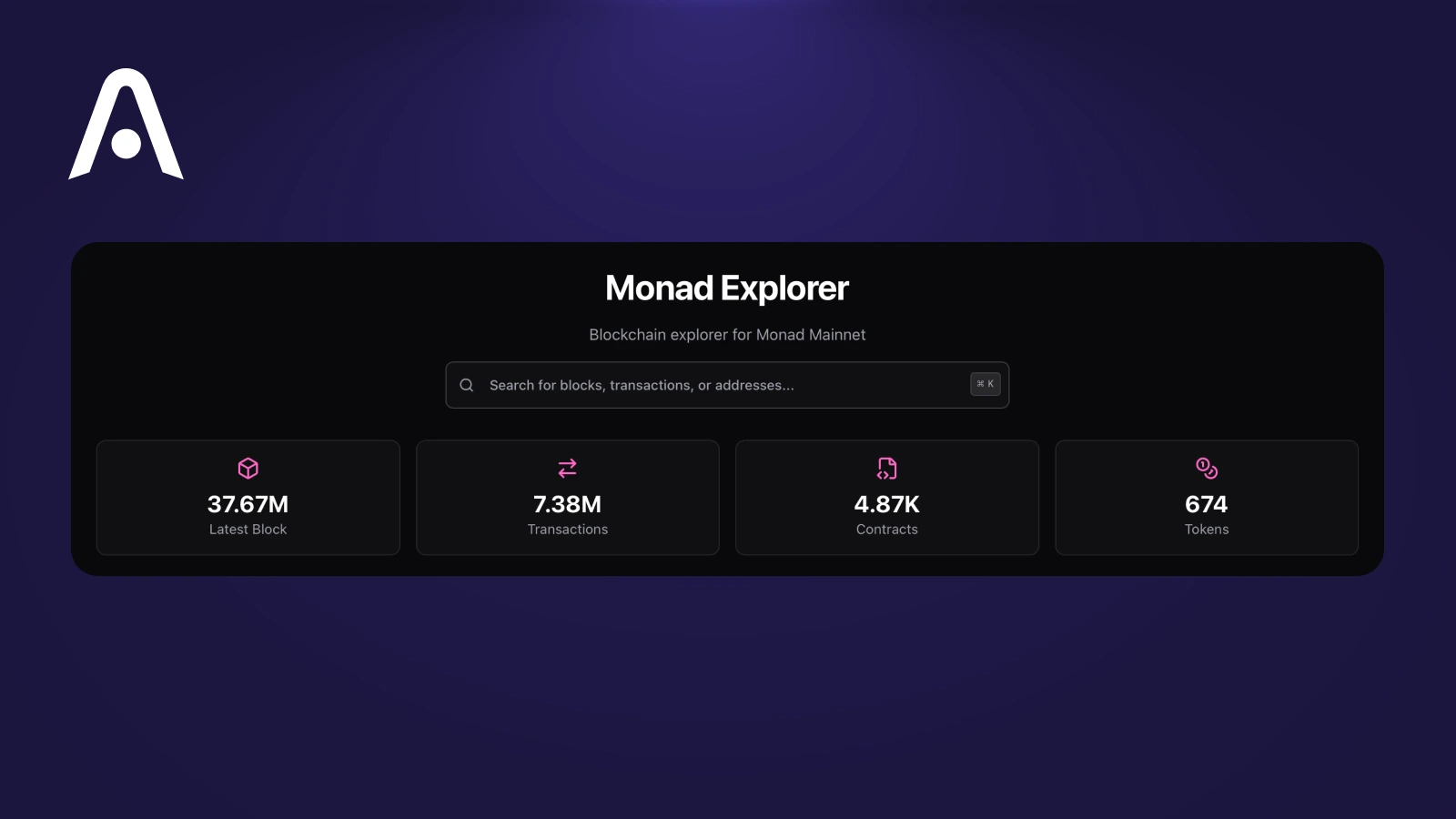
With mainnet live, developers can deploy Solidity contracts to Monad without rewriting code or adopting a new VM. The toolchain is fully EVM-aligned — Foundry, Hardhat, Viem, wagmi — so teams can port existing applications, spin up new deployments, and benchmark latencies immediately. Early builders are already testing AMMs, perps engines, NFT mints, and high-frequency order flow to measure p50/p95/p99 execution times under real network conditions.
The first weeks of mainnet are an ideal period to profile performance: test how your contracts behave under parallelism, identify state hotspots, optimize storage layouts, and observe how MonadDB handles heavy read/write contention. Block times, inclusion speed, and finality can now be measured empirically — not from estimates, but from real blocks and mempool behavior.
For users, Monad’s mainnet unlocks the first wave of real interactions: bridging into the ecosystem, exploring early dApps, and preparing for the unlock schedule of MON tokens. Activity will ramp gradually as builders ship live applications, but core wallet infrastructure is already available — including support in non-custodial wallets like Atomic Wallet.
Users can now track their MON allocations, interact with on-chain apps as they launch, and observe how the network handles real transaction flow versus testnet conditions. As more projects deploy, expect the familiar EVM experience with faster block cadence, tighter feedback loops, and smoother execution — the core promise behind Monad’s design.
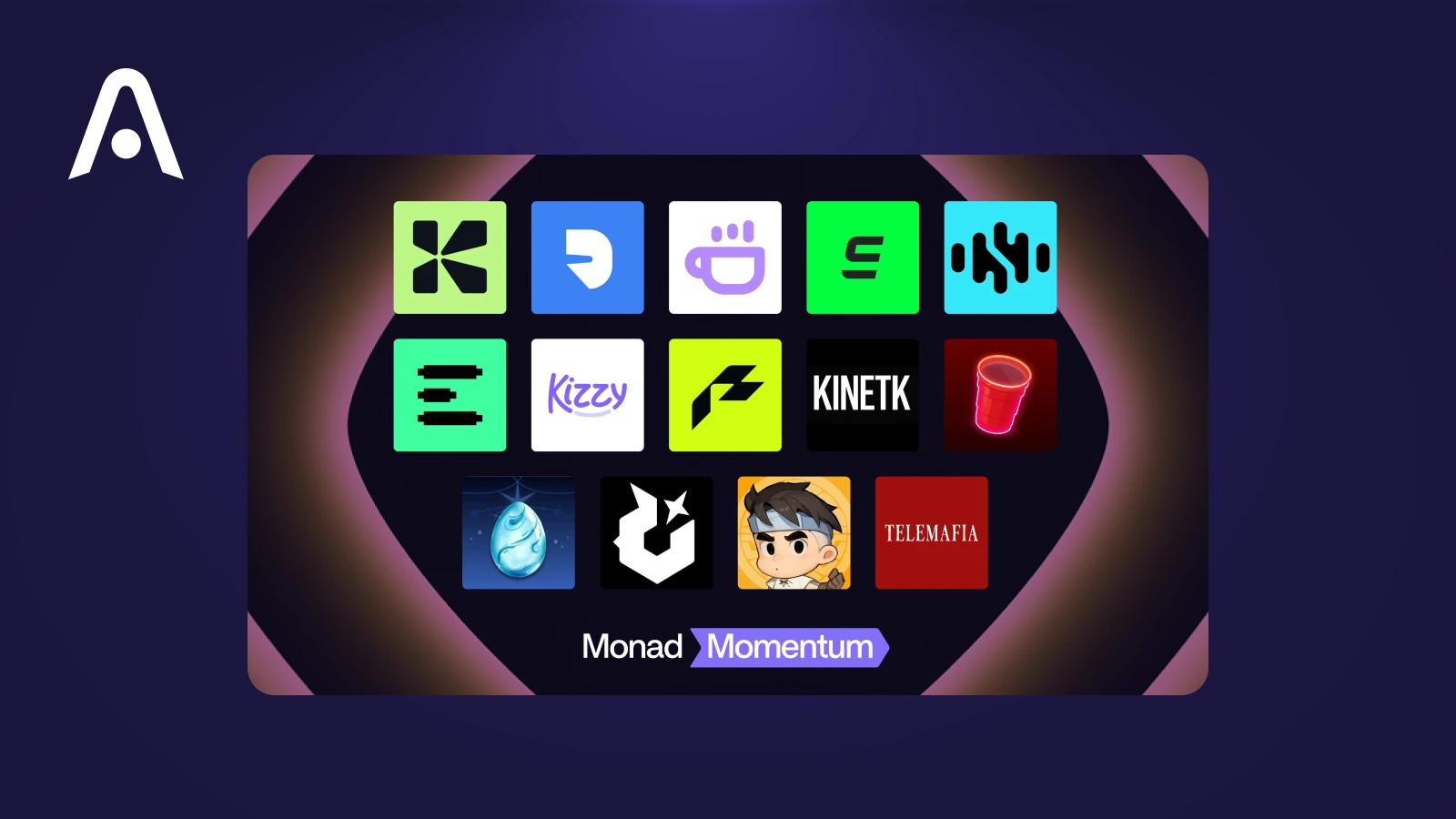
Monad’s mainnet launch reshapes the competitive landscape for high-performance blockchains. Until now, builders wanting low latency and high throughput had to choose between abandoning the EVM (Solana, Sui/Aptos) or accepting slower finality and sequencing constraints on L2s. Monad introduces a third path: near-Solana performance withoutleaving Solidity, existing audits, or established tooling.
If the chain sustains its targets under real volume, it could become a prime venue for orderbook DEXs, perps protocols, intents systems, gaming economies, and agent-driven flows. The real differentiator is philosophical: Monad isn’t trying to evolve the EVM — it’s trying to industrialize it. That gives the ecosystem a rare opportunity to build high-throughput apps without adopting a new programming model or fragmenting liquidity across VMs.
Despite the strong launch momentum, Monad still needs to prove that its architecture scales under prolonged production pressure. Parallel execution amplifies throughput but also accelerates state growth — and without robust pruning, snapshotting, and archival strategies, node requirements may climb quickly. Validator decentralization is another early risk: high hardware profiles can unintentionally centralize block production around well-resourced operators.
MEV dynamics will also matter. A fast chain without thoughtful orderflow policies can degrade user experience, especially during volatile markets. How Monad handles builder separation, inclusion fairness, and cross-domain MEV will determine whether low latency translates into better outcomes for users — or just faster blockspace for bots. Early mainnet weeks will reveal how these risks evolve in practice.
Monad’s mainnet launch marks one of the most significant milestones in the L1 ecosystem this year — not just another chain going live, but a genuine attempt to bring exchange-grade performance into the EVM world without forcing developers to rewrite their stack. With parallel execution, pipelined block production, and a purpose-built state database, Monad is positioning itself as the fastest environment where Solidity can run natively.
If the network delivers sustained throughput, predictable finality, and a healthy validator set, it could become the new home for high-performance DeFi, perps exchanges, gaming economies, social apps, and agent-driven architectures. And as liquidity, tooling, and developer traction consolidate around the chain, users will finally be able to experience what “high-speed EVM” actually means in practice.
Whether you’re a builder, trader, or early ecosystem participant — this is the moment to pay attention.
Store, manage, and stake MON directly in your non-custodial Atomic Wallet — with full control over your keys, instant swaps, and seamless support for the Monad ecosystem from day one
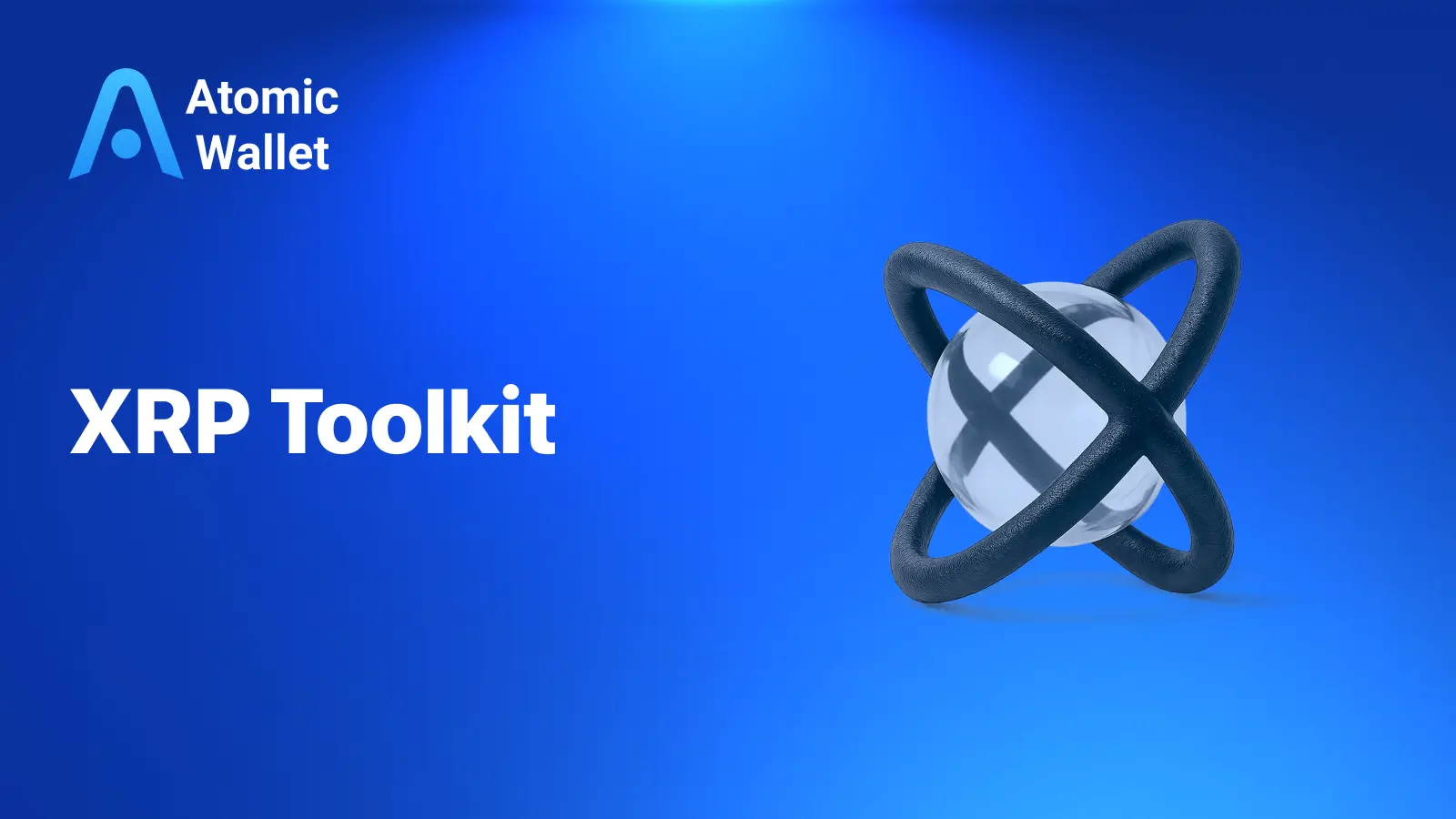
Learn XRP Toolkit safety checks and settings with Ledger devices. Configure xrptoolkit securely and review best-practice steps.